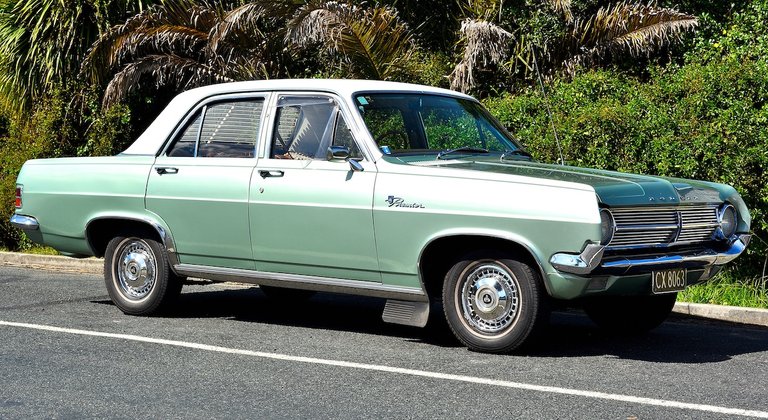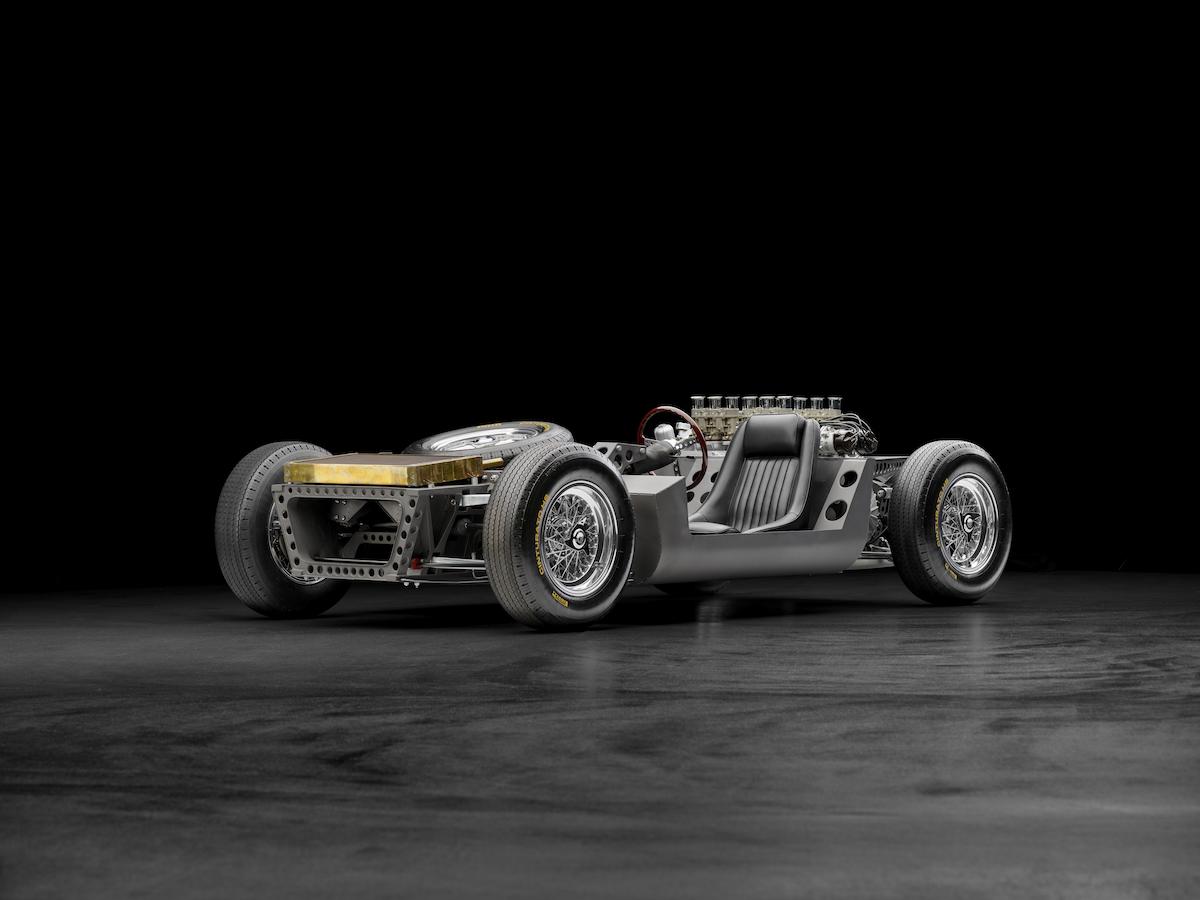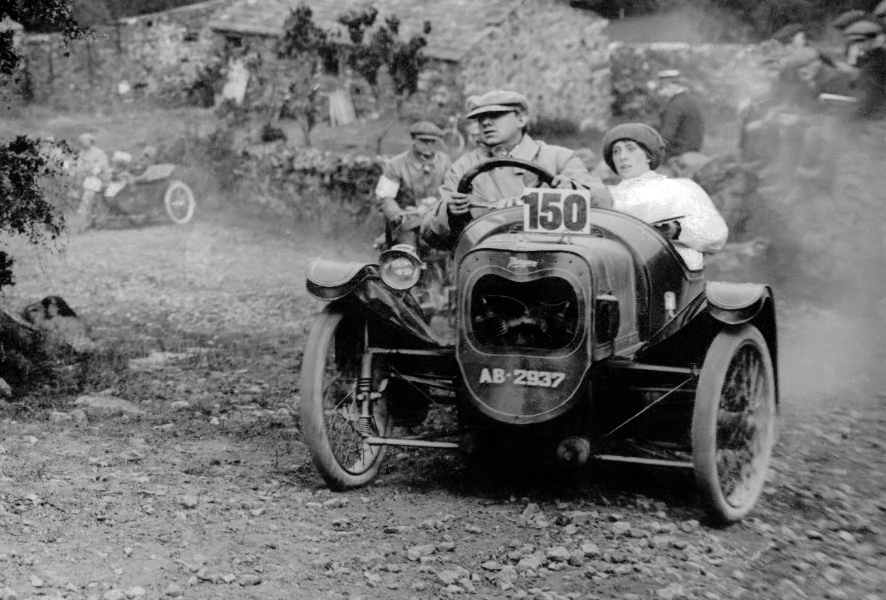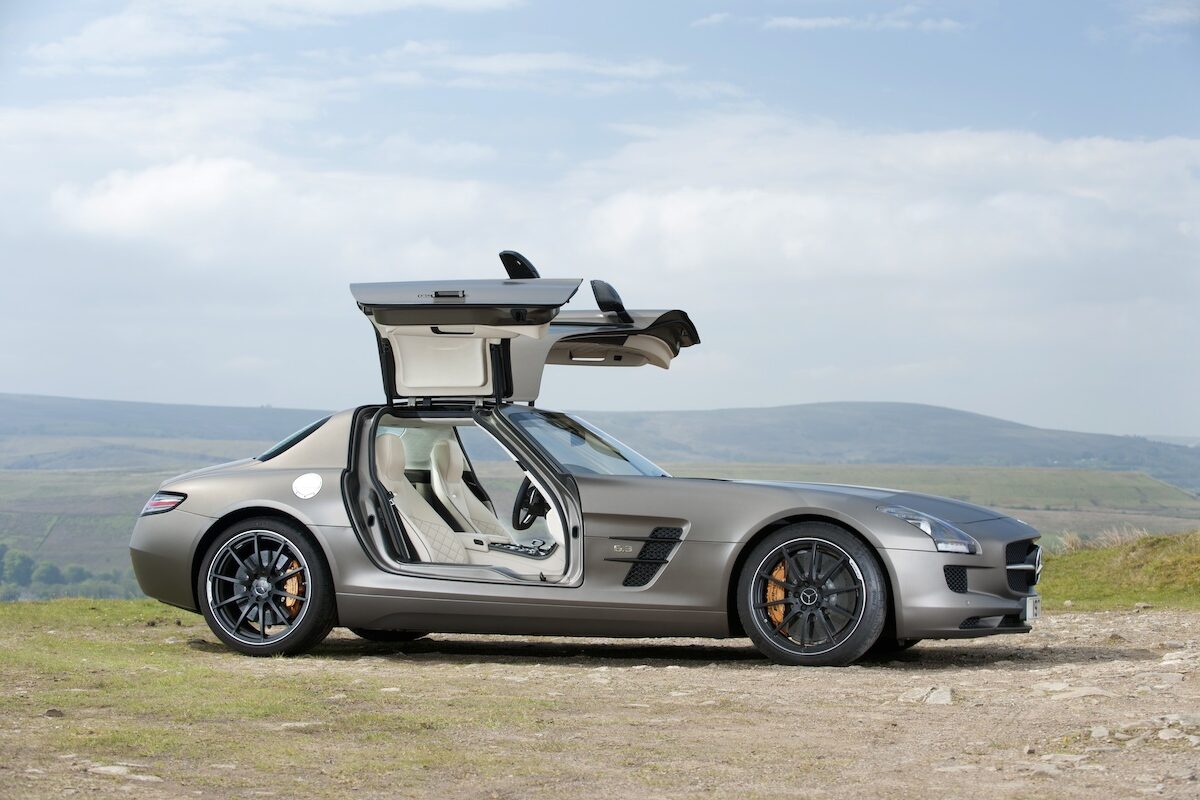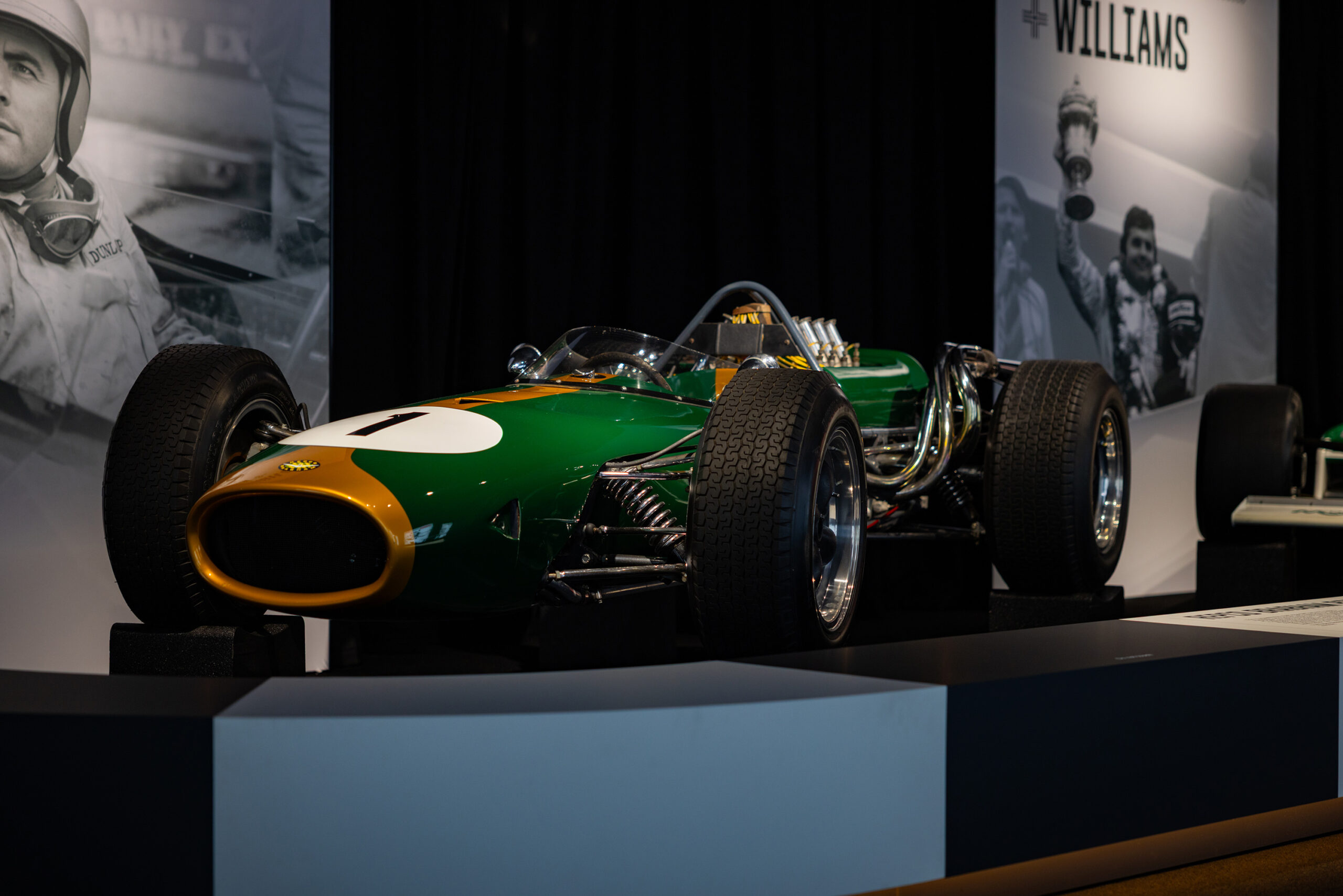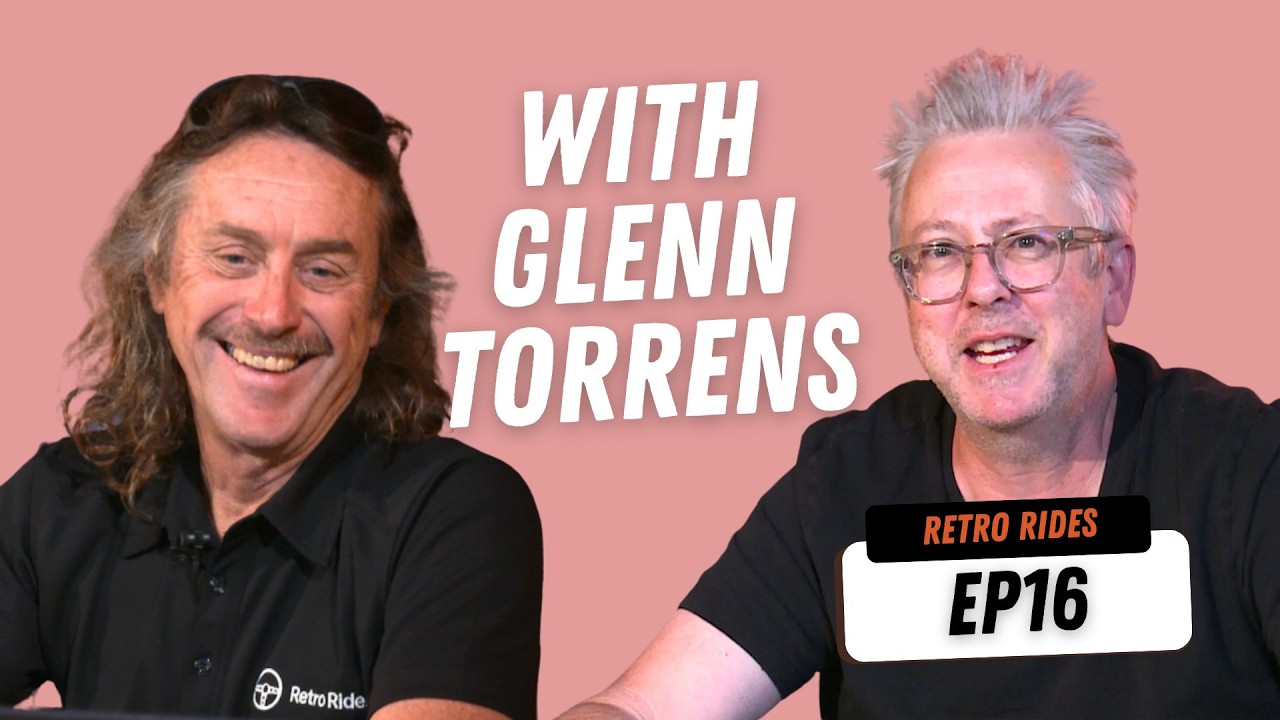Although the HD is seen by many as having been a disaster for holden, it sold faster than the EH it replaced following its February 1965 introduction (Image: GPS 56/Flickr, CC BY 2.0)
Ask anyone who wasn’t there at the time and they will tell you that the HD Holden with its confronting shape was a sales disaster that needed to be hastily replaced by the more conservative HR. But that’s not entirely true.
Following its introduction in February 1965, the HD Holden sold faster than the EH Holden it replaced, notching up around 179,000 sales in the space of 14 months.
Both it and the replacement HR shared a body that curved slightly to provide extra space for the expanding girth of a nation enjoying the nutritional benefits of high-quality and affordable produce. The HD also had distinctive protruding front mudguards, wrap-around taillights and oddly shaped wheel-arches that served to emphasise the undersized 13-inch wheels.
A three-speed manual transmission was standard on all models but the change over from EH to HD Holden brought a switch from three-speed Hydramatic transmission to the lighter and more compact two-speed Powerglide. The new auto allowed Holden to install a less-intrusive transmission tunnel, further improving passenger accommodation.
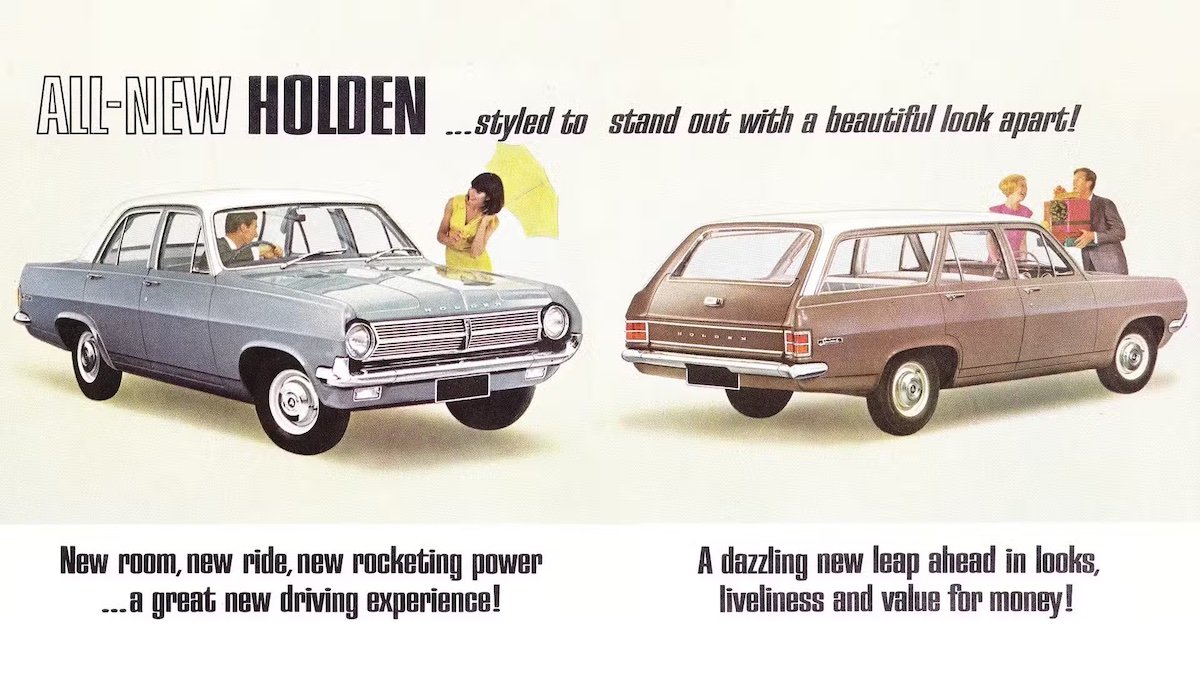
At the time of its arrival, there was hunger in the market for a new Holden so the HD sold well, although its styling was met with resistance from the public (Image: Holden)
Under the bonnet were three different versions of Holden’s inline six-cylinder ‘Red Motor’, beginning with the 2.4-litre ‘149’ which developed a claimed 100bhp (75kW) and came standard in all models except the Premier, which came with the 2.9-litre ‘179’ making a heartier 115bhp (86kW).
Top dog in the HD Holden engine range and available as an option on all models was an ‘X2’ version of the ‘179’ which gained twin carburettors, a high-lift camshaft, new inlet and exhaust manifolds and a low-restriction exhaust, for feistier outputs of 140bhp (104kW). Car equipped with this high-performance engine also gained X2 exterior badging and a unique instrument cluster.
After just 14 months on sale and despite bettering the sales of its predecessor, the HD Holden was replaced by the visually similar HR Holden. Myriad stories circulate as to why the changeover happened so soon, ranging from public resistance to the car’s styling quirks, which included a concave rear windscreen and the rounded sides which emphasised the relatively narrow track.
Whatever the reasons, the HR Holden debuted in April 1966 boasting reshaped front panels and indicators mounted in the grille as opposed to below the bumper on the HD. The taillights and indicators were paired in vertical housings, as opposed to the wrap around style units of the HD, and the roofline and rear screen were also different.

The visually similar HR, shown here in wagon form, replaced the HD after just 14 months on sale (Image: Riley/Flickr, CC BY 2.0)
There were plenty of mechanical updates, too, including revised ball joint front suspension, widened track, improved interior trim and a woodgrain interior finish for the upmarket Premier.
Under the bonnet was the same family of inline six-cylinder ‘Red Motors’, albeit with expanded capacity and higher compression ratios. The smaller motor was now a 2.6-litre ‘161’ developing 114bhp (85kW), with the larger engine being a 3.0-litre ‘186’ which produced 126bhp (93kW).
Also available as an option on all models was a twin carburettor version of the 186 badged ‘X2’ which developed a healthy 145bhp (108kW), which was later replaced in mid-1967 by the ‘186S’ which made the same power using a single, two-barrel carburettor.
Introduction of Australian Design Rules saw HRs from late 1966 modified to include front seat belts, reversing lights, padded sun visors, and a shatterproof interior mirror.
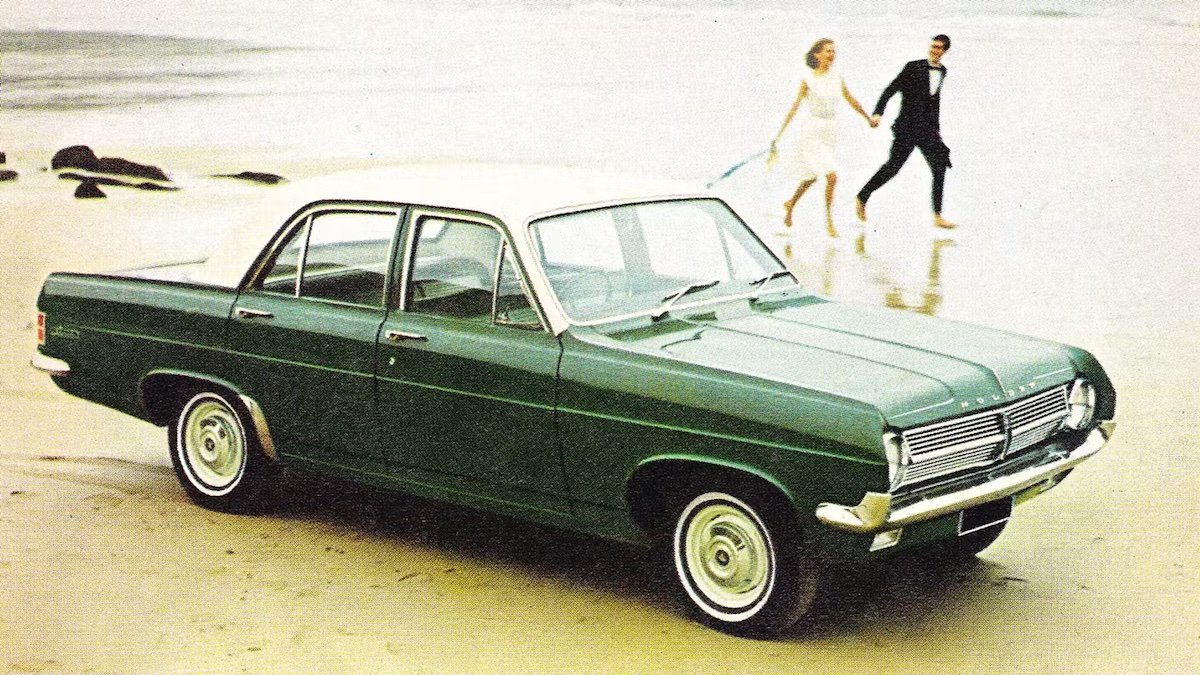
More than 430,000 HD and HR Holdens were made, meaning survivors are plentiful (Image: Holden)
With three-speed manual transmission, a 186-engined HR could hit 100km/h in 13 seconds on its way to a top speed of 155km/h. At a time when fuel cost 12 cents-per-litre, economy was almost irrelevant, but at today’s prices the 15.0L/100km available from a 186 automatic is still reasonable.
During a combined 37 months in the market, more than 430,000 HD and HR Holdens were made. Surviving HRs are plentiful and even the better equipped Premiers aren’t difficult to find.
Prices for Special and Standard versions of the HD and HR begin below $20,000, with restored Premiers able to reach $50,000. Utes cost around the same as sedans but panel vans are scarce and 30 percent more expensive than passenger versions.
Things To Watch Out for When Buying a Used Holden HD-HR (1965-68)
-
Floor and inner sill rust (some panels are being remanufactured)
-
Wagon tailgate window hard to wind
-
Oil leaks around the cylinder head and rear main bearing seal
-
Two-speed transmission shudders when downshifting
-
Brakes locking prematurely and handbrake not holding on hills
-
Front suspension sags far enough for front tyres to touch the wheelarches on full lock
-
Faded and damaged Premier seat trim
Valuation Timeline: Holden HD-HR (1965-68)
-
1995$5,000
-
2005$6,500+30%
-
2010$8,000+23.08%
-
2014$12,500+56.25%
-
2019$21,500+72%
-
2024$34,000+58.14%HD/HR Special

